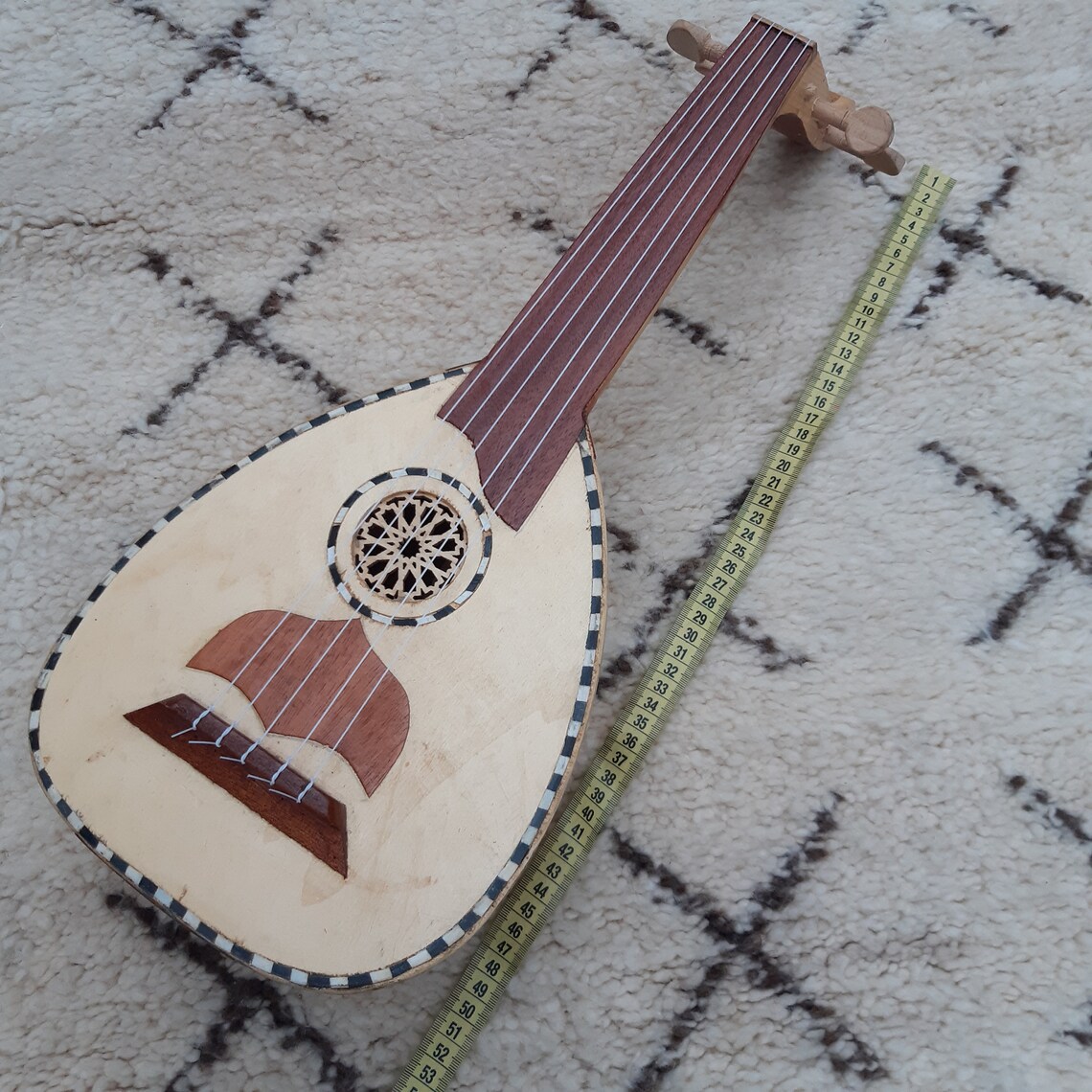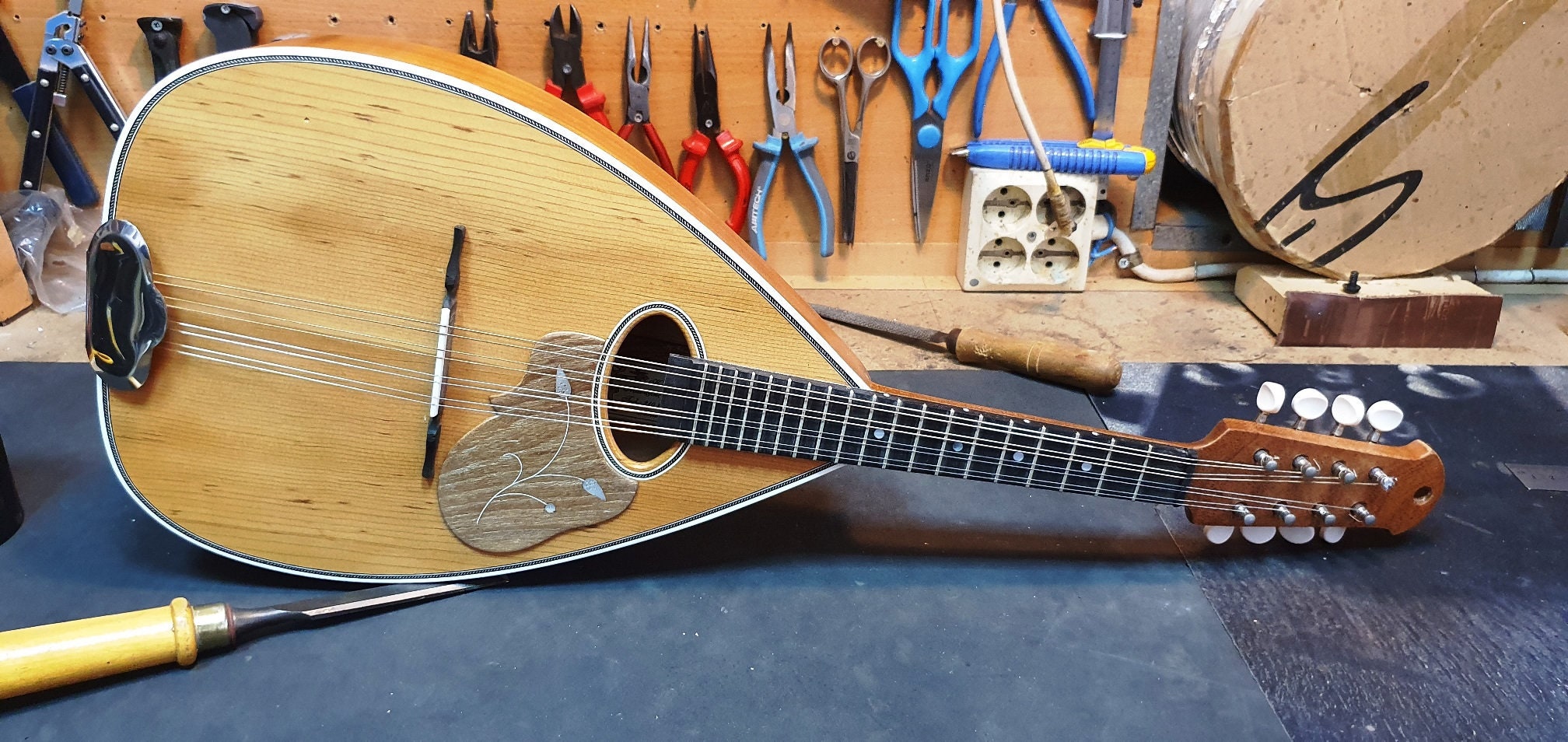

Mandolins have four sets of double strings, while a lute can have as many as 24 strings total.Mandolins have double strings, meaning they have two of each type of note.Lutes have a different layout for their strings, and often have a completely different number of strings compared to a mandolin.A mandolin is played similar to a violin in how it is tuned, but is played with a plectrum more often than being plucked with fingers.A lute is played like a guitar with your fingers and has frets.Mandolins and lutes are both under the classification of a chordophone, which means they make music through the plucking of strings stretched against the wood.They both have metal strings used for playing different notes.They both have smooth, pear or egg-shaped bodies and a long neck.The mandolin is actually a descendent of the lute.I will go over the basics of each instrument then compare them for the clearest explanation of how a lute is different than a mandolin so you can make your best-informed decision. So, which one is better than the other, and which one should you buy as a newbie in the music industry? mandolin decision can be a complicated one because these instruments are often lumped together in the same category. They are quite similar on the surface but are actually played and built in distinctly different fashions. If lutes and mandolins pose a confusing conundrum for you, you are not alone. The Lute is also much bigger than the mandolin. The Mandolin has 8 strings while the Lute has 15. They both are stringed instruments that our plucked but produce different sounds. However, several features make these musical instruments differ from one another. Whether you are a beginner or an expert, there’s always something new to learn when it comes to music.Let’s learn more about the mandolin and the lute: the differences, similarities, and which one is easier to play for a better understanding of which one to pick up and learn.īoth the lute and the mandolin have been popular stringed instruments for musicians over the course of many years. When played at the same time, this allows the lute to play melodies that sing out above a guitar.
#Stringed instruments like a lute full#
Guitars have warm, full tones, while lutes tend to be much brighter and higher pitched. The biggest difference between lutes and guitars is their sound. And most guitars have six strings, whereas lute varieties can have anywhere from four to 14. Additionally, the body of a guitar has a flat back, while a variety of lutes have rounded backs.

Would it surprise you to know that the modern guitar is the current evolutionary form of the lute? Well, it is! Despite that, there are a few notable differences between the two.įirst is size: Most lutes are smaller than guitars, due to their shorter necks and stouter bodies. The banjo is an evolution of those instruments.

As slaves were brought to the Americas, they brought with them many of their cultural traditions, including music. The banjo has become a quintessential instrument in American music history, but it has its origins in lute variants from Western Africa. Hard to believe, but this is also a member of the lute family! Some you may have never seen, while others you may be familiar with and just didn’t know they were part of the lute family. There are so many different kinds of lute instruments. Most people are probably familiar with the more modern European lute: a hollow, pear-shaped body and rounded back, doubled strings, and a bent pegbox that is usually played by plucking the strings. The lute family has come to include any stringed instrument with a neck and tuning pegs. These stringed instruments were made by using a turtle shell as the body, which accounts for the characteristic rounded back that the lute still has to this day.Īs the lute traveled east into Central and Eastern Asia and west into Egypt, Greece, and Europe, it evolved into many different shapes and styles, each with its own unique name. Historians estimate that the lute got its start in ancient Mesopotamia as early as 3000 BCE. This Renaissance-era European lute was popular in Baroque music.


 0 kommentar(er)
0 kommentar(er)
